Story of Doom
Doom history
- 1974 - Mazewar, first FPS game
- 1985 - raycasting invented (first game - Alternate Reality: The City)
- 1988 - two skilled developers appeared - John Romero and John Carmack, focusing mainly on IBM PC
- 1989 - IBM PC 486 was announced (IBM was still targetting office work)
- 1991 - ID software founded by Adrian Carmack, John Carmack, Tom Hall, and John Romero
- 1991 - first ID software game: Rescue Rover
- 1992 - Wolfenstein 3D released
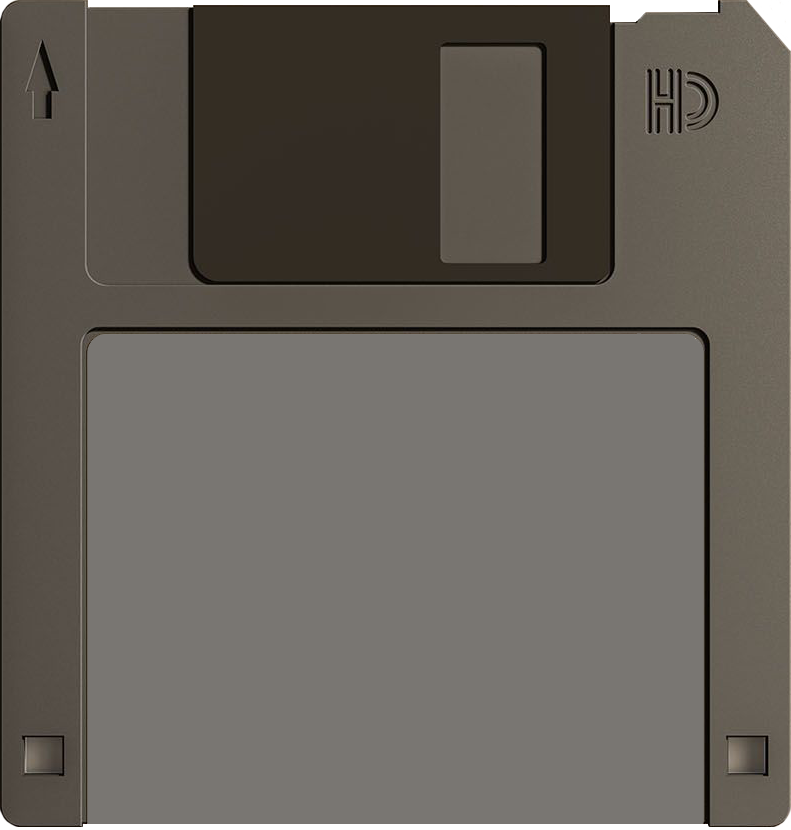
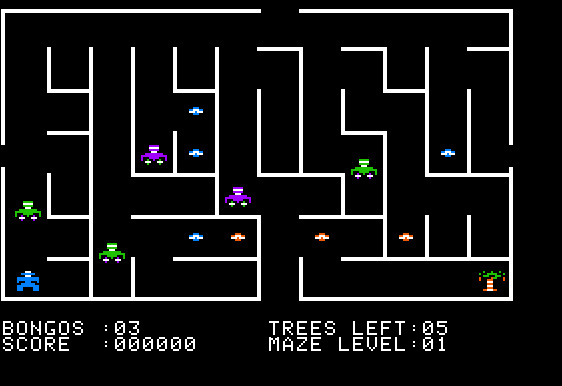
Romero's
Bongo's Bash
Bongo's Bash
1985

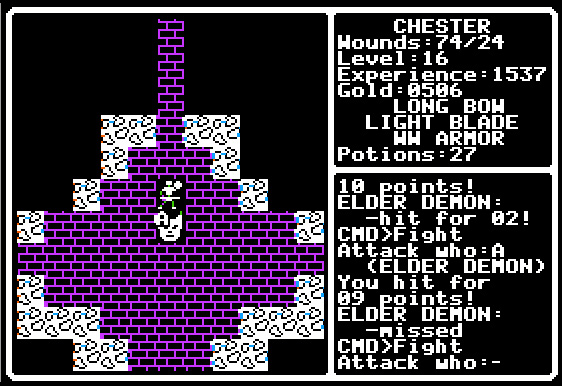
Carmack's
Shadowforge
Shadowforge
1989

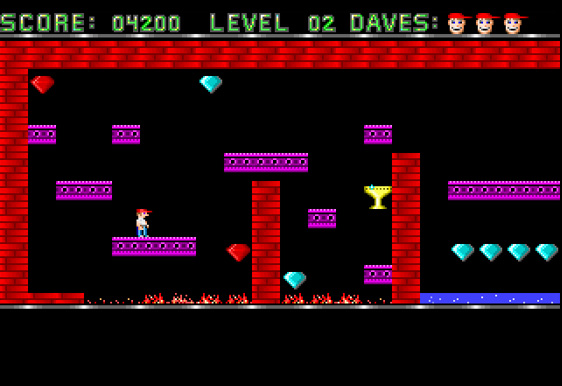
Romero's
Dangerous Dave
Dangerous Dave
1990

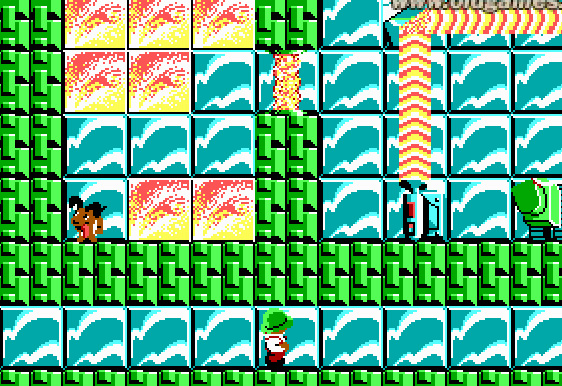
ID Software's
Rescue Rover
Rescue Rover
1991
Doom history
- 1993 - Doom 1 released
- shareware license, 3 episodes (+1 added later)
- 1994 - Doom 2 released
- innovations: double-barreled shotgun, new enemies, megasphere powerup, larger maps
- 1996 - Final Doom released
- new 32-level episodes, 640x480 resolution
- 1997 - Doom64 released
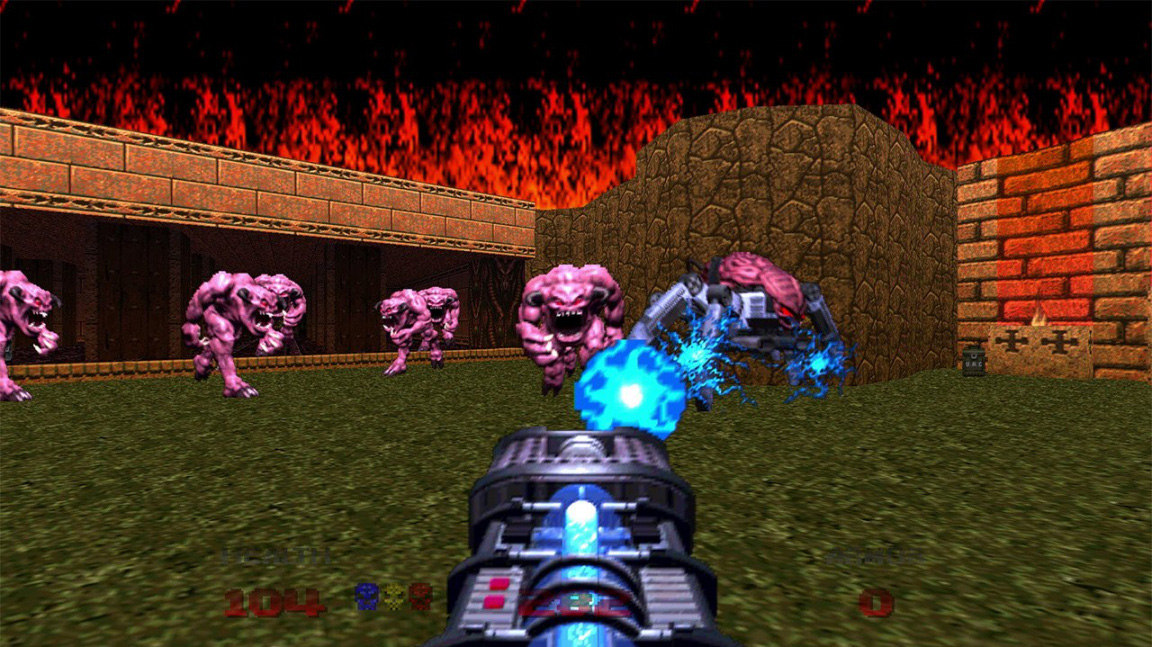
Doom 64
- 1997 - source code released
- 2004 - Doom 3 released
- 2016 - Doom 4 released
- 2020 - Doom Eternal released
Doom development
- developed on NEXT supercomputer at 1120x832 resolution
- recommended target hardware: Intel 80486DX2, SoundBlaster-compatible sound card, 4MB of RAM
- distribution: shareware, first episode for free
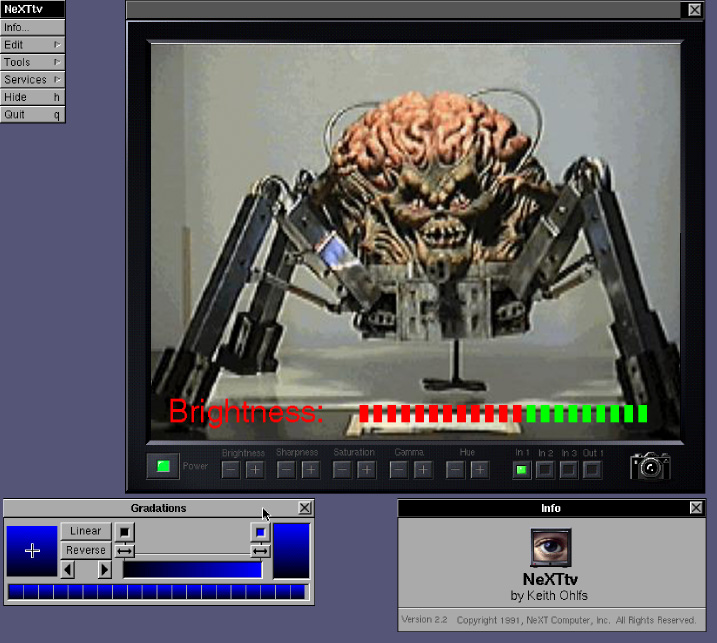
Doom development timeline
Architecture
- allocation of 4MB in a pool, divided into zones
- 3D renderer and six 2D renderers: intermissions, status bar, menu, HUD, automap, transition screen
- 8bit sound samples, 11025 Hz Mono, MIDI music
- sound propagation by flooding algorithm
- perspective correct, subpixel accurate texture mapping
- Bruce Naylor's binary space partitioning
- collision detection on 128x128 axis-aligned map blocks
- no scripting language, FSM-based AI baked into engine library
- more than 130 action types: open/close door, raise/lower floor
- UDP port 666 for networking

Features and legacy
Features
- angled walls and halls that darken in the distance
- locked doors, hidden ambushes, secret chambers, each level builds on the complexity
- black-white mode - predecessor of shadering techniques
- level design by John Romero and Sandy Petersen (their style is clearly distinguishable)
- resourceful enemy menagerie
- different difficulties -> different enemies, light settings, appearance of medkits etc.
- action-based movement - key element of all DOOM games
Legacy
- rise of PC games
- rise of modding community
- competitive FPS deathmatch
- importance of level design
There are often tradeoffs that can be made that gets you a significant advantage in exchange for limitations that you can cover up with good design.John Carmack
We didn' challenge ourselves like that before DOOM, nor after it. 1993 was the only year we challenged ourselves to create a game that was as good as anything we could have imagined.John Romero
Doom runs everywhere
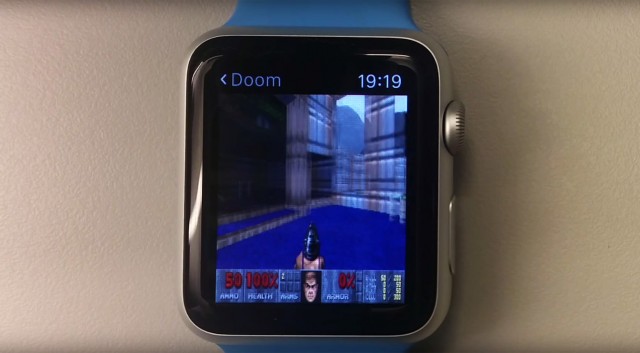
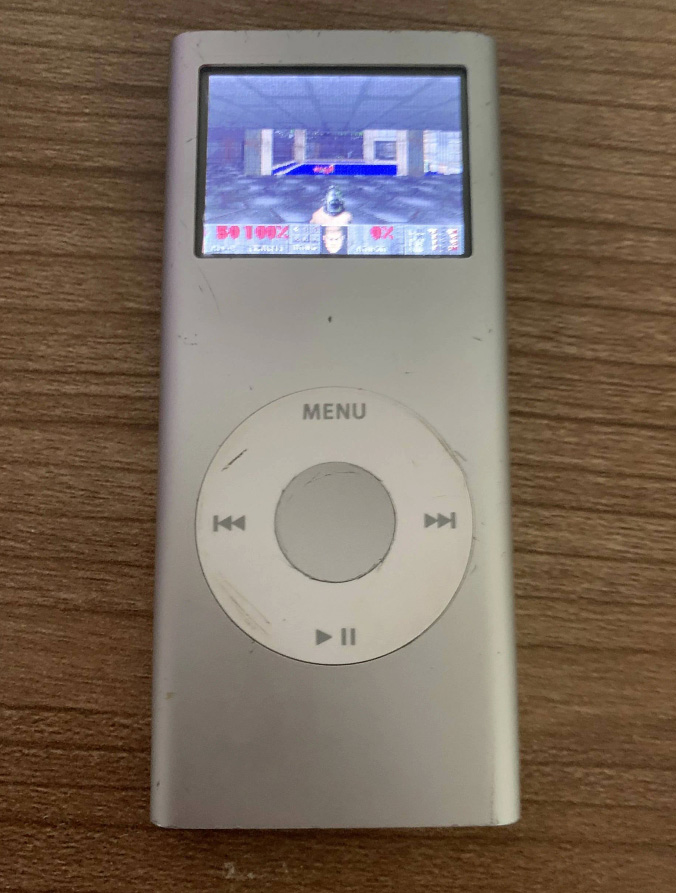
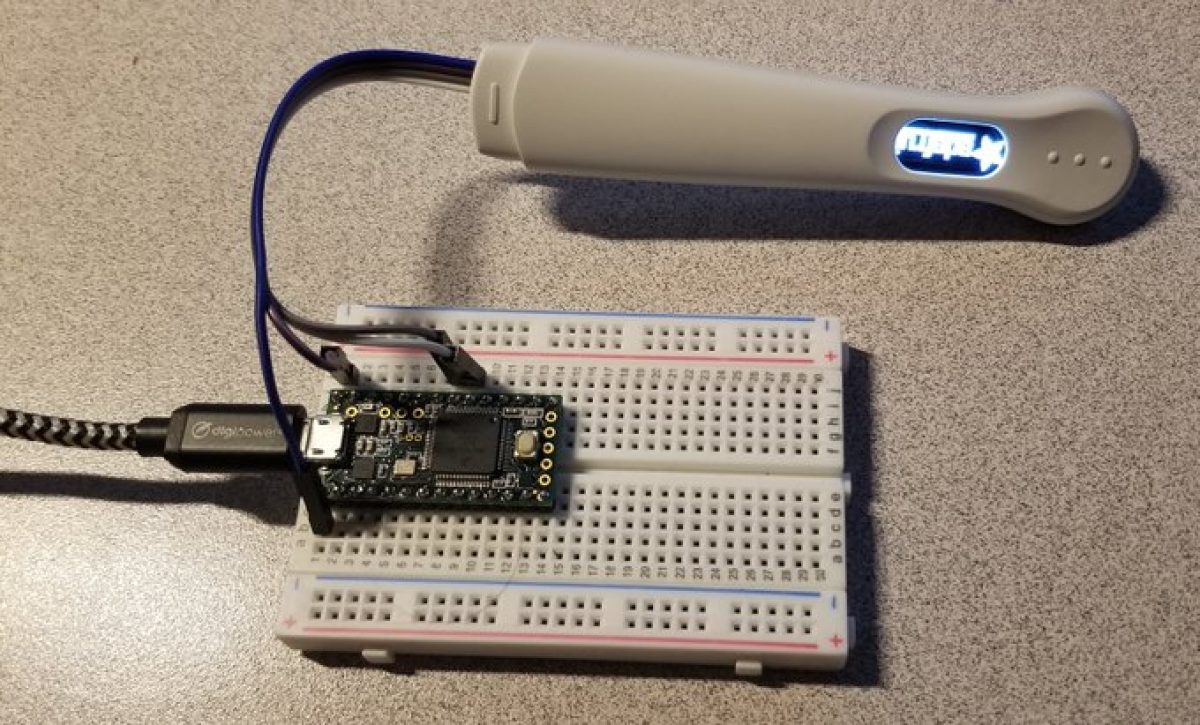
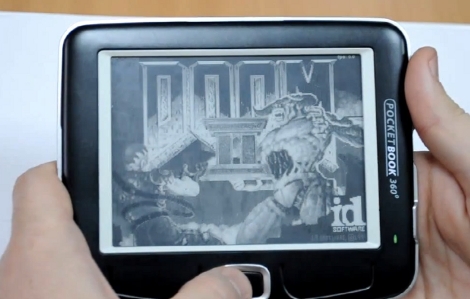
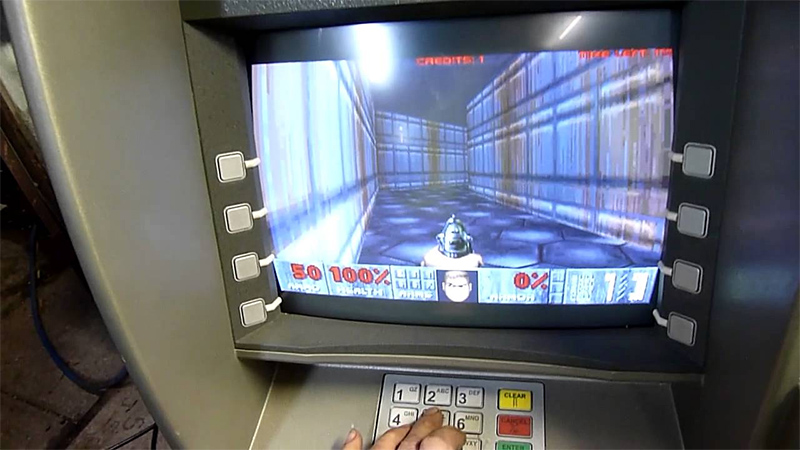
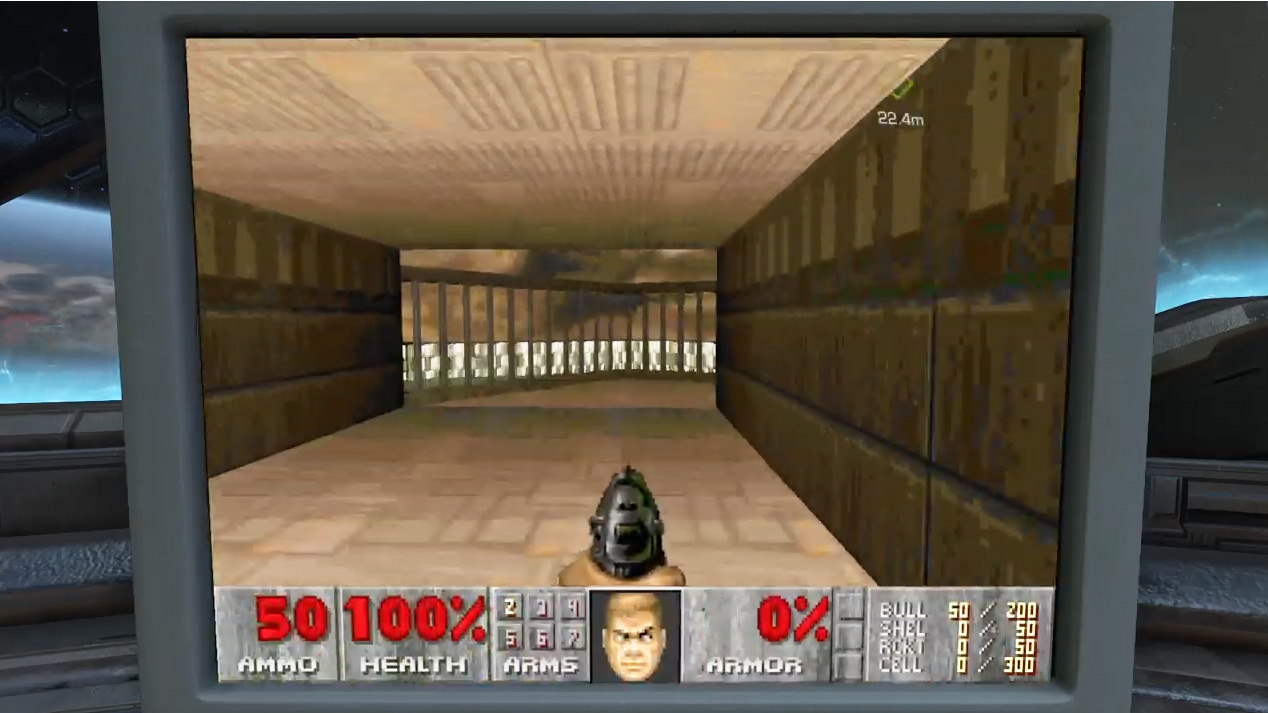
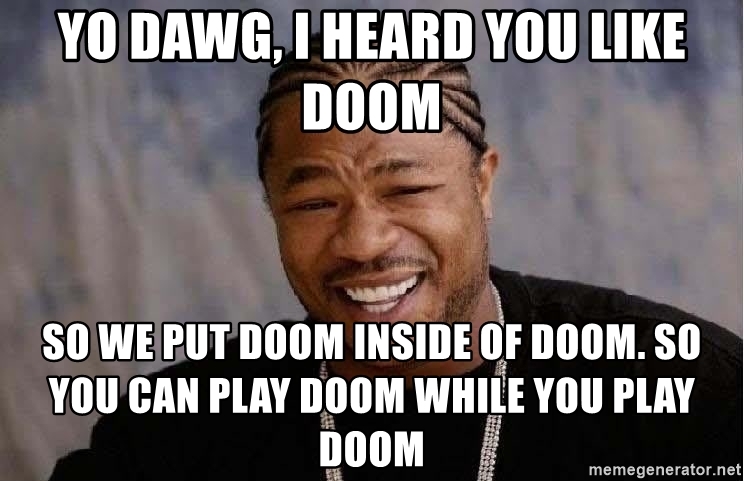
Doom mods
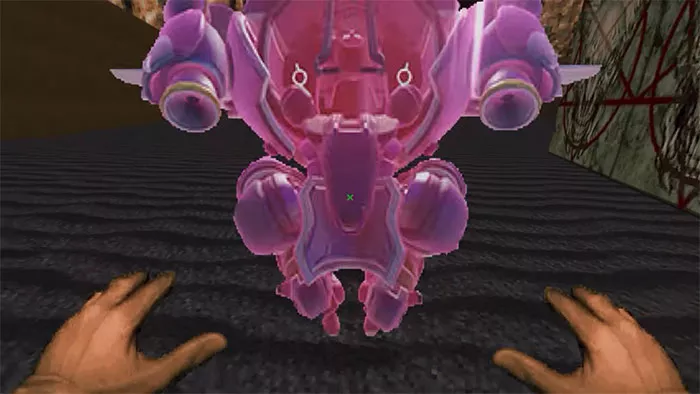
OverDOOM
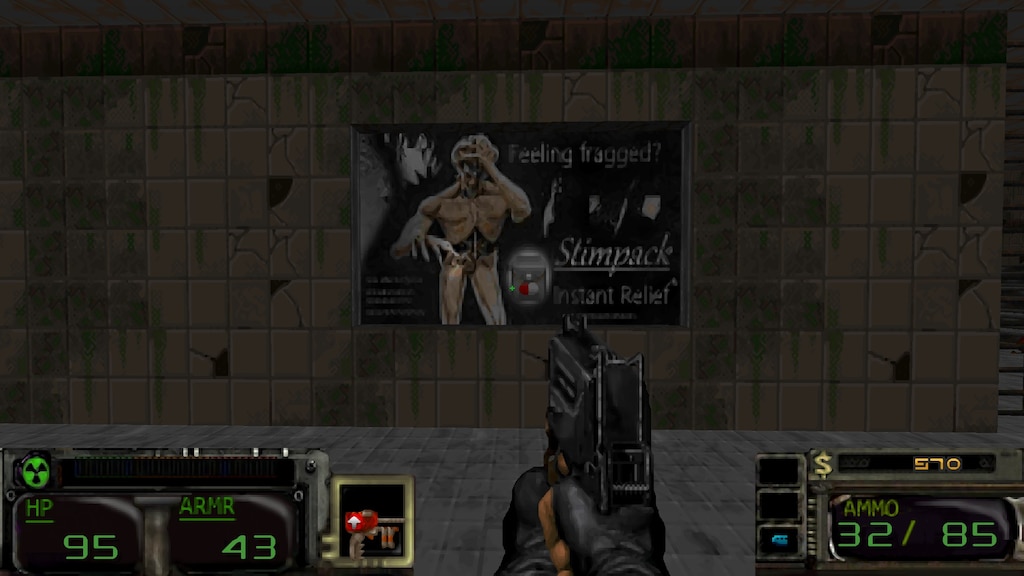
Ashes 2063
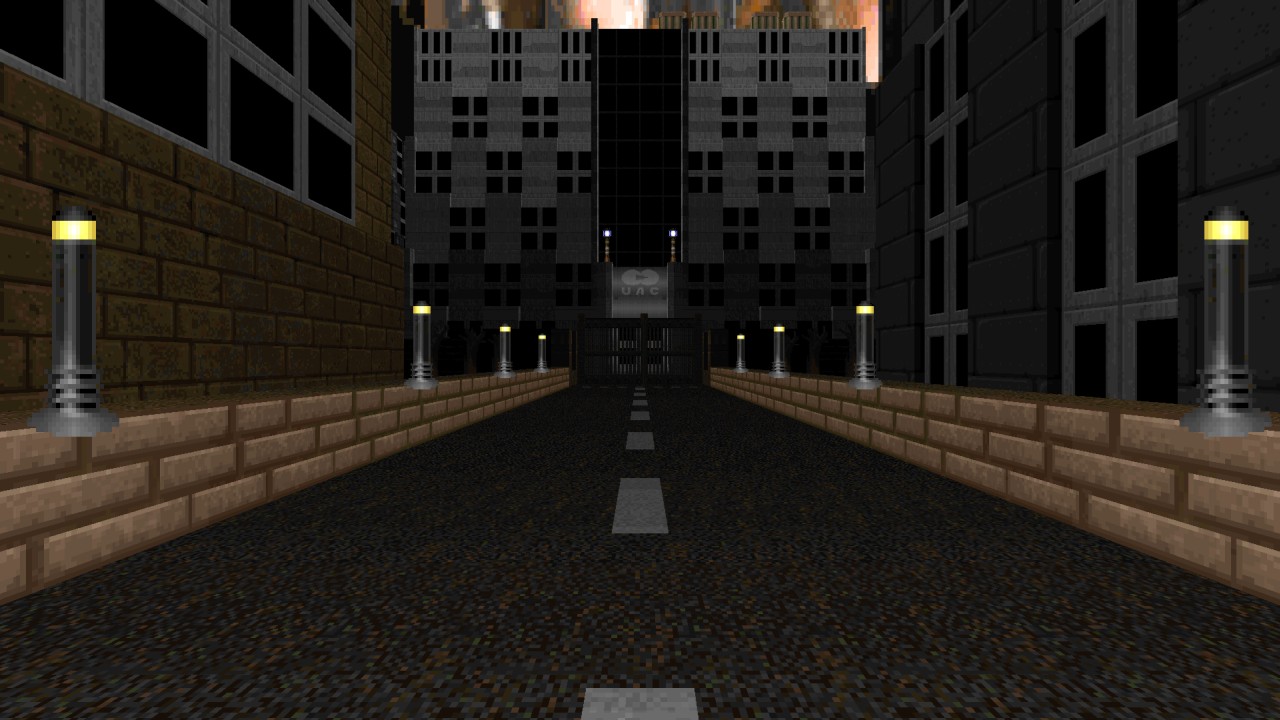
Going Down
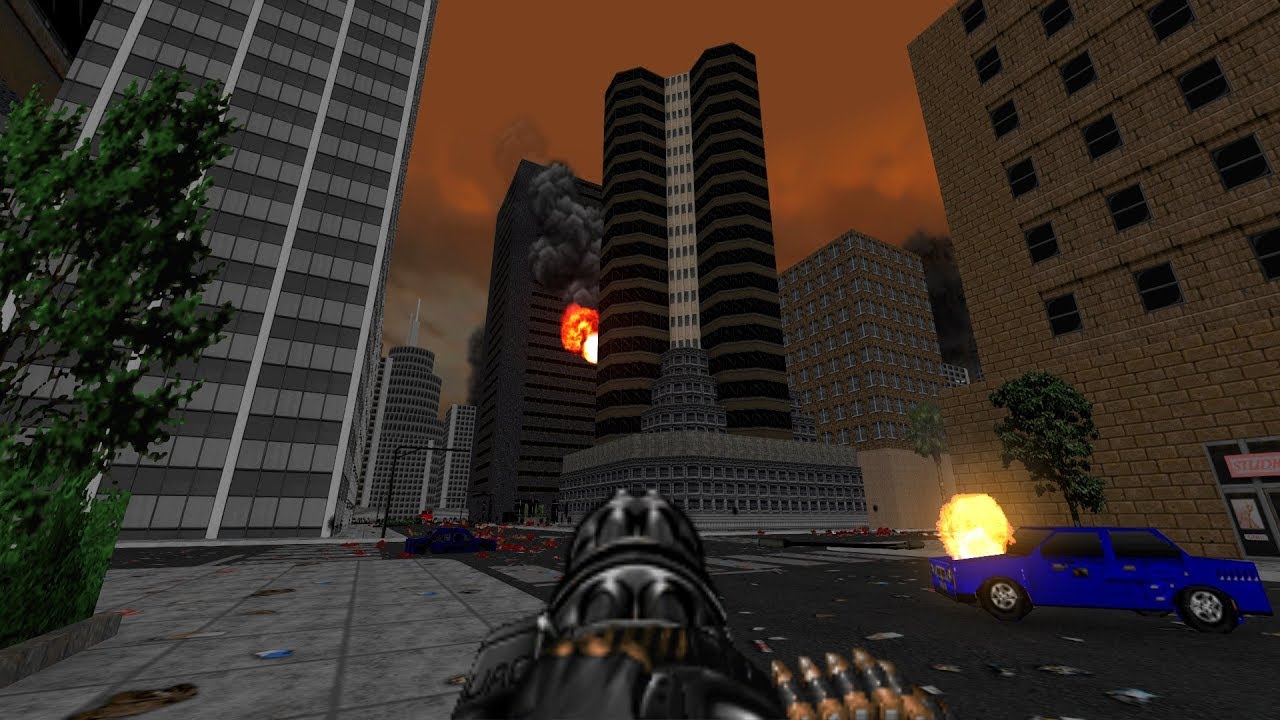
Brutal Doom